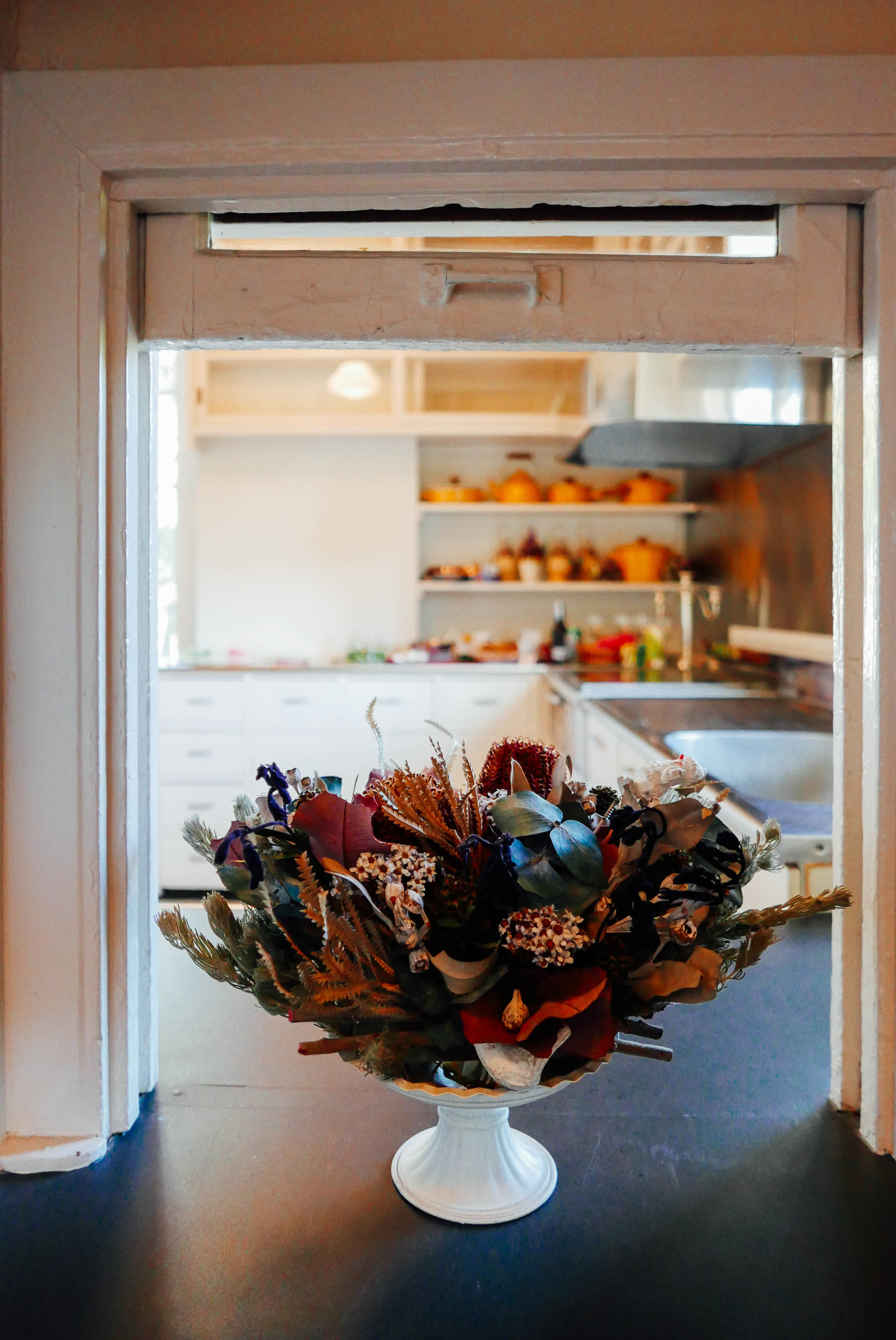The Foreign Neighborhoods of Yokohama
When Japan finally opened its doors to the world in 1859, the little fishing village of Yokohama was the first port to conduct foreign trade. As a result, Yokohama grew to become what is now Japan's second largest city - one with a distinctly cosmopolitan feel. Both Western and Chinese traders settled here, establishing two foreign neighborhoods: Westerners took over the hilltop Yamate area (aka, "the Bluff"), while the Chinese created a bustling Chinatown that remains Japan's largest. I ventured south to check them out (and binge on dim sum!).
Note: This travel guide is available as a GPS-enabled map with offline navigation. Click here to download the guide and receive turn-by-turn walking directions between sights - no data plan or WIFI required!
Yamate District
With distinctive Western architecture and an abundance of churches, this neighborhood feels far removed from Japan. Walking through the quiet, wide streets of Yamate reminded me a bit of my last home, San Francisco. Tack on the nearby Chinatown and the resemblance is uncanny. There are Spanish and American Victorian-style homes, views of a Bay bridge in the distance, rolling hills and plenty of palm trees.
Most of the original foreign residences in the Yamate area were destroyed by the Great Kanto Earthquake, so the buildings here are primarily dated from 1923 or later. Eight of these historic homes have been preserved and are now open to the public as museums - all free to enter. I visited the Bluff just before Christmas, when each home decorates for the holidays in the style of a particular country. As a Westerner, I didn't find the homes themselves that exciting to visit, although it was intriguing to see how the Japanese interpreted the Christmas decor of Western countries (spoiler alert: it has more to do with tableware than trees and lights). Mostly I felt small pangs of nostalgia for America while touring the homes (clawfoot tubs, sigh) - the modern residential buildings in Tokyo certainly have their perks, but I often find myself missing the charming quirkiness of our century-old San Francisco apartment.
Chinatown
My venture down to Yokohama occurred the week before David and I took our first trip to mainland China (more on that later!), so it seemed necessary that I pay a visit to one of the world's largest Chinatowns. Encompassing nearly 10 city blocks, Yokohama Chinatown is a wondrously colorful neighborhood that surges with the same energy as China's big cities. Street vendors beckon at every corner, the smell of steamed buns wafts through the air and ornate, over-the-top temples cause you to pause in awe. Two temples here are worth a gander: Yokohama Masobyo, which enshrines the goddess of the sea, and Kanteibyo, a temple that pays homage to the god of business. A stark contrast to the zen nature of Japanese temples, the Yokohama Chinatown temples are bright, stunning displays of color. You can also partake in Chinese fortune telling, shop for Chinese tea or - the obvious choice - taste cuisine from across China.
I prefer Chinese cuisine over Japanese, so the highlight of this area for me was eating! There are endless options here: Peking duck, Shanghai dumplings, Cantonese dim sum, spicy Sichuan cuisine - and the list goes on. I plan to return here with David at night so we can revisit some of the foods we fell in love with on our trip to China - and take in all those gorgeous lanterns.































